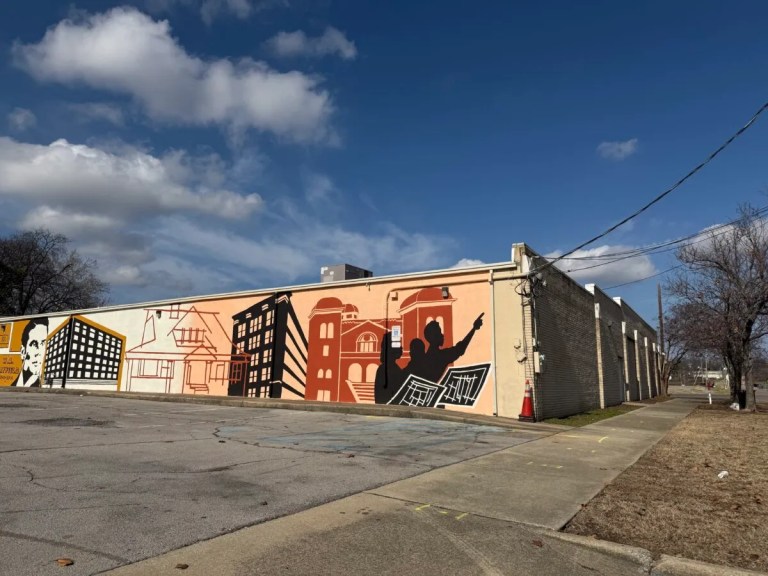What you can do to protect Alabama’s natural health and beauty
Reading time: 6 minutes
Sponsored

From our previous two stories in this series, we looked at how Alabama’s changing climate is giving us more extreme weather and pests. In this, our final installment, we’ll share an important way you can help protect our communities and beautify our surroundings.
Trees
The National Arbor Day Foundation has a simple mission:
“We inspire people to plant, nurture and celebrate trees.”
As a global organization, the Foundation ships, distributes, and plants some 30 million trees a year in the U.S. and around the world.

Because they are laser-focused on the mission of planting trees, the Foundation has published a “hardiness zone map” since 1990.
In a nutshell, the map advises people where to plant different kinds of trees, so they can survive and thrive in a specific geographical area. About every ten years, more or less, the organization updates the map.
“We want to make sure we are giving people the right tree in the right hardiness zone, so those trees will thrive,” said Woody Nelson from the National Arbor Day Foundation.
Evidence of a Changing Climate
Our winters are getting warmer. Each zone is based on the annual average low temperature. According to Nelson, the average low temps in Birmingham in 1990 was about 10 degrees cooler. Now, the average low falls between 10 to 20. The increase in lowest temperatures make a difference for a tree’s survival-which is why you have the zones.
Let’s look at the maps.
As you can see on the map, North Alabama shifts from yellow to orange in thirty years.
Notice Birmingham and Huntsville were in the yellow zone, Zone 7.

See how much it changed in 2006.

By 2015, nearly the entire state of Alabama is orange, Zone 8.

Where did this info come from?
“It is strictly data,” clarified Nelson. “We went to NOAA and used the data from 5000 weather reporting stations around the country.”
He continued, “The Foundation felt compelled to update the hardiness zone map because they were getting a lot of comments back from their network of urban forestry coordinators, state foresters across the country. They don’t want to plant trees that won’t make it.”
So what can we do here in Birmingham? – Plant trees

Birmingham needs to become resilient to these changes. We asked one of Birmingham’s most prominent urban conservationists, Francesca Gross with The Nature Conservancy Alabama Chapter, what we can do.

Take a Look at the Arbor Day Foundation Website
Her first step? Tour the Arbor Day Foundation website. Consider buying and planting a tree.
“With all the time you’re spending at home these days, when you look around your yard or neighborhood and decide that a tree would make it better, take a look at the Arbor Day Foundation’s hardiness map and pick a tree that will thrive. Your yard will be more beautiful, and we all reap the benefits of new young trees.”
Buy Native Trees At the Curb from Local Nonprofits

If you want to “buy local,” Francesca suggests purchasing native trees and other plants from nonprofits, including Ruffner Mountain, Turkey Creek Nature Preserve and the Birmingham Botanical Gardens. The Botanical Gardens plants sales are a favorite and one of the largest native plant sales in the Southeast!
“These groups are offering plants grown in their greenhouses, including trees from native seed. Call or email the groups. You can support local nature nonprofits and get great advice from local experts as a bonus.”
Encourage Planting Trees on Streets and Open Spaces
Birmingham summers do seem hotter than usual and winters, like 2020, more mild. The data backs that up, especially in places with lots of hot asphalt and concrete. City streets and large parking areas hold heat and slowly release it in the evening. If it’s slow to cool at night, the air stays warm longer. How can we change our local climate and breathe cleaner air?

“There is a beautiful solution to these hot summer nights, and poor air quality that will bring us better health and lower AC bills for the next generation,” added Francesca. We can reduce temperatures by encouraging your local municipality or neighborhood to enact heat-reducing ‘nature-based solutions’ – code for more shade, more cool green spaces, and wise use of rainwater to keep them green and lush.”
Need examples?

- City of Birmingham regularly plants street trees in neighborhoods financed by small grants and neighborhood funds.
- Highland Park Neighborhood has opened up a new community garden, and planted trees around the three historic parks;
- Crestwood South Neighborhood has created a walking trail along the median on Clairmont Avenue;
- The North and South East Lake neighborhoods have planted trees around East Lake Park, and also helped remove invasive plants along Village Creek.
Cool Green Birmingham
Several local studies show us where and how to plant a Cool Green Birmingham. The Nature Conservancy is tackling these big questions through matching up areas of high evening temperatures, high impervious surface such as concrete, poor air quality and flood prone areas. The group is launching a study that guides local greening to best benefit the hottest areas with more street trees, more trees on public and private land – everywhere from churches, city parks to vacant lots.
Stay tuned for more information on Cool Green Birmingham.
What else can you do?
Francesca told us to make sure you take care of the old trees in your neighborhood. Do your best to save them. Join The Nature Conservancy’s fall tree planting event and help them and groups around Birmingham grow a new young urban forest.
Sponsored by:




